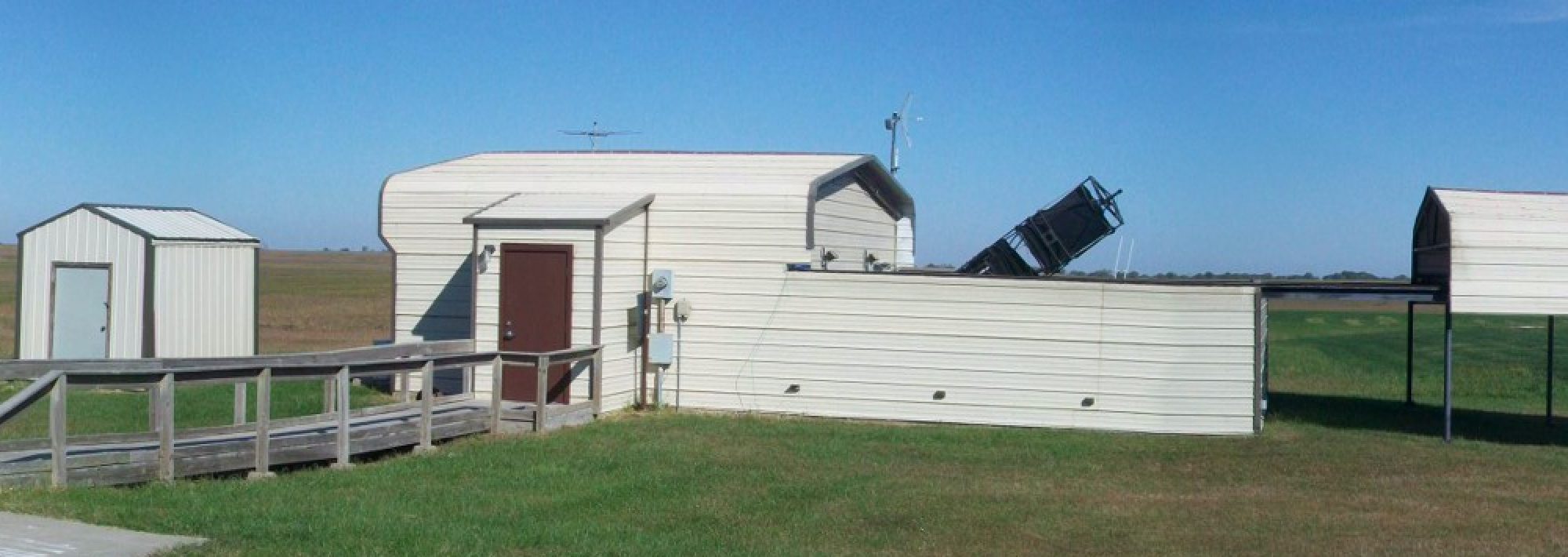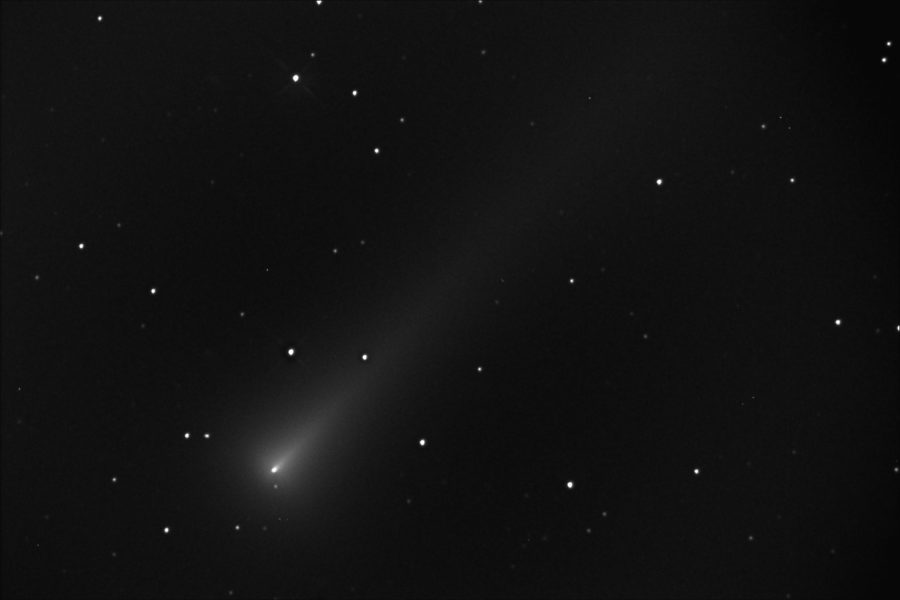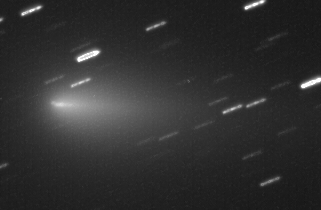I was able to shoot a 20 second image using the Tombaugh Reflector of Comet 2021 A1. It was just before 5:00 AM local time (11:00 UTC) and the comet was about 30 degrees above the horizon. The winds were about 6-8 MPH so not great for keeping the imaging steady. (hopefully we’ll fix that sensitivity to wind with a telescope makeover later this winter/early spring. ) There is some doubt the comet will survive the trip around the sun. If the nucleus breaks up too early there may not be much left to see. On the other hand if it breaks up just before the time for our best view it could become spectacular like C/2019 Y4 did a couple of years ago. Stay tuned.
Recorded General Meeting November, 18, 2021
Russell Valentine – 3d printer uses in Astronomy – Recording of General Meeting October 28th 2021
Douglas Goodin -Archeoastronomy – NEKAAL General Meeting Recording 9-23-2021
Perseid Meteor captured
A Perseid meteor was captured using a StarShoot Pro v2 camera mounted on a StarSync Tracker at Sandlot Observatory. The meteor showed up on an image taken 08-11-21 at 11:32 PM CDST. The FOV was 26.4 x 17.6 degrees and the image was 4 minutes long. Like a lot of Perseid shower members it followed down the summer Milky Way. Notice the asterism the ‘coathanger’ just below center in the image.
Gary

Rosette Taken with the Club’s Starlight Xpress SXV-M25C
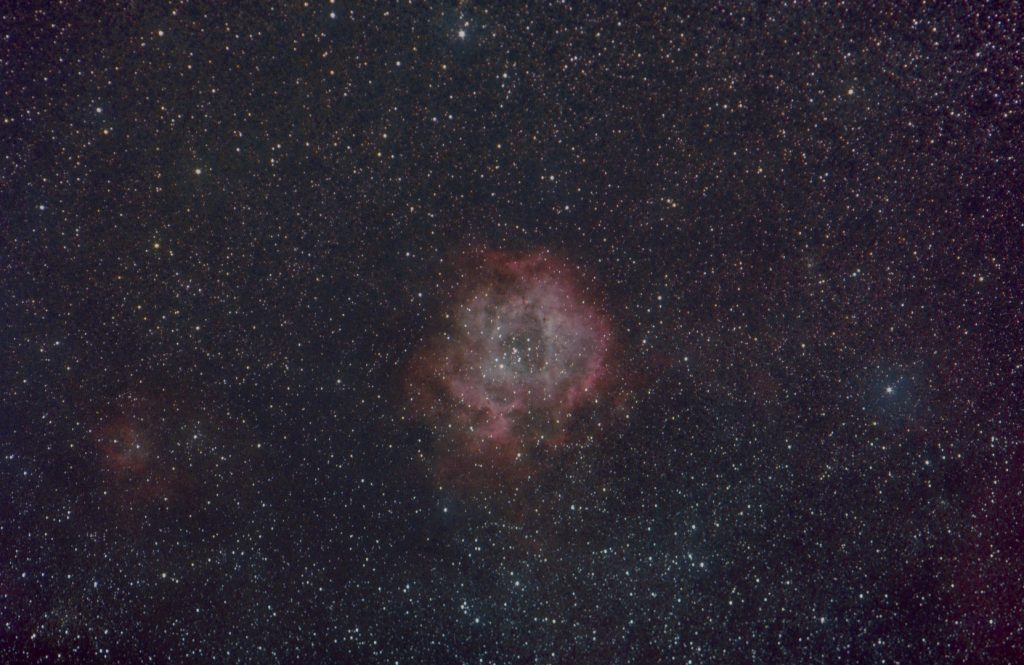
I recently had the opportunity to go out to Farpoint on 2-4-2021. I was excited to use the club’s Starlight Xpress SXV-M25C camera. The object I decided to image was the Rosette nebula. A nebula in Monoceros east of Orion. It is a HII region, a region with lots of hydrogen that gets ionized by nearby stars. This camera does not cut hydrogen alpha light as much as my Canon DSLR. Even though HII regions are not just hydrogen alpha light, I thought it could still be a good use of the camera.
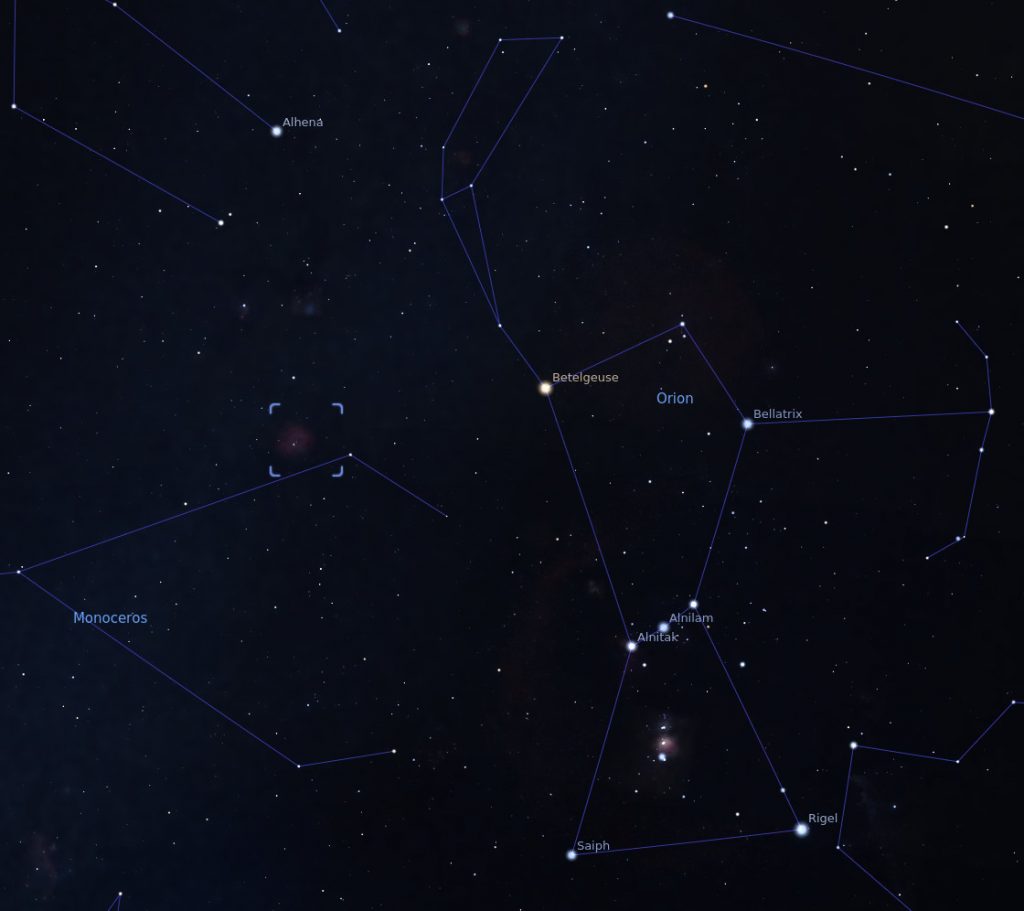
I spent over an hour polar aligning my mount and focusing the camera with a 200mm lens with a UV/IR cut filter in front. I started guiding and exposing taking 35×240 second exposures for a total time of 2 hours and 18 minutes. I ended up packing up a bit early because of cloud cover, however I wish I waited 20 minutes before packing up because it was clear half way through putting everything away. A couple days alter I processed the image by combining the exposures to get the image you see at the top.

I’ve had quite the adventure with this camera. Originally I had an issue with it not working with INDI (my preferred software). I had to find the cause and summit a patch to the project (https://github.com/indilib/indi-3rdparty/pull/11). Also color was a issue, I ended up making a color sheet with construction paper to help me figure it out. I found out that for this camera model, INDI writes out the bayer matrix in a odd order. I wrote a script to reorder the bayer matrix so other processing tools could be used.
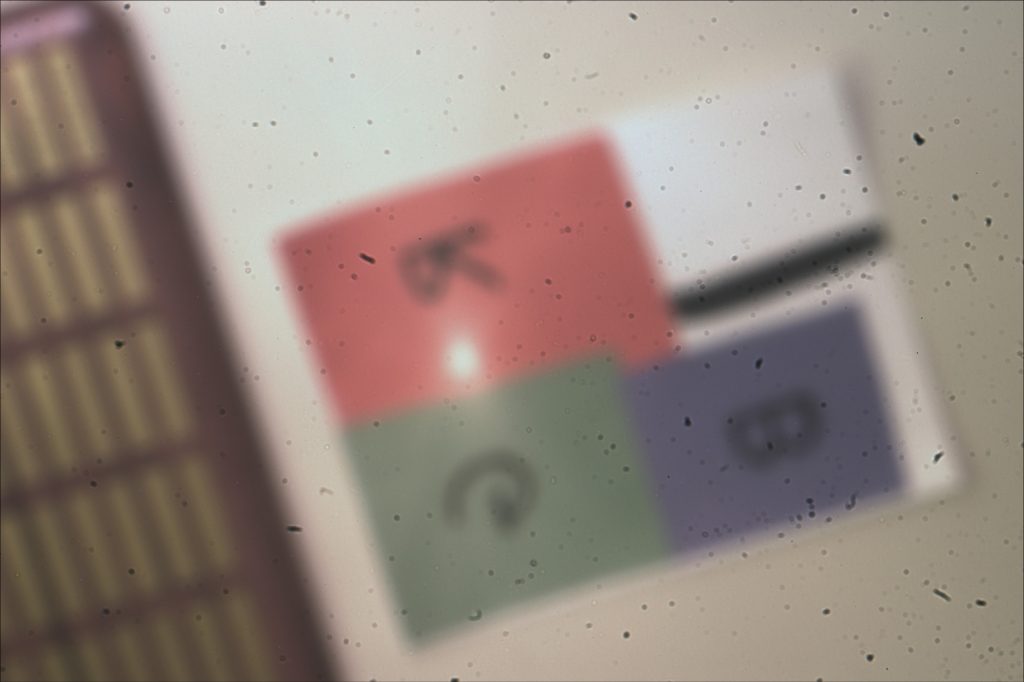
As for the hydrogen alpha, not sure if the image really benefits from the extra hydrogen alpha sensitivity, but this image is a lot better than previous attempts of the object, and I don’t think it hurt.
Any member of the club can use the camera at Farpoint Observatory. I hope this shows a little bit what it is capable of.
Equipment Used:
– StarSync Trackers SSTEQ-25 Forkmount
– Meade 8×50 finder used as guide scope
– QHY 5IIM camera for guide camera
– Starlight Xpress SXV-M25C for main imaging camera
– Asahi Pentax Super Takumar 200mm f/4 (set at f/5.6)
– 3d printed Bahtinov mask
Software Used:
– INDI
– KStars/Ekos
– PHD2
– Siril
– The Gimp
– StarNet++
– GGBR to RGGB script
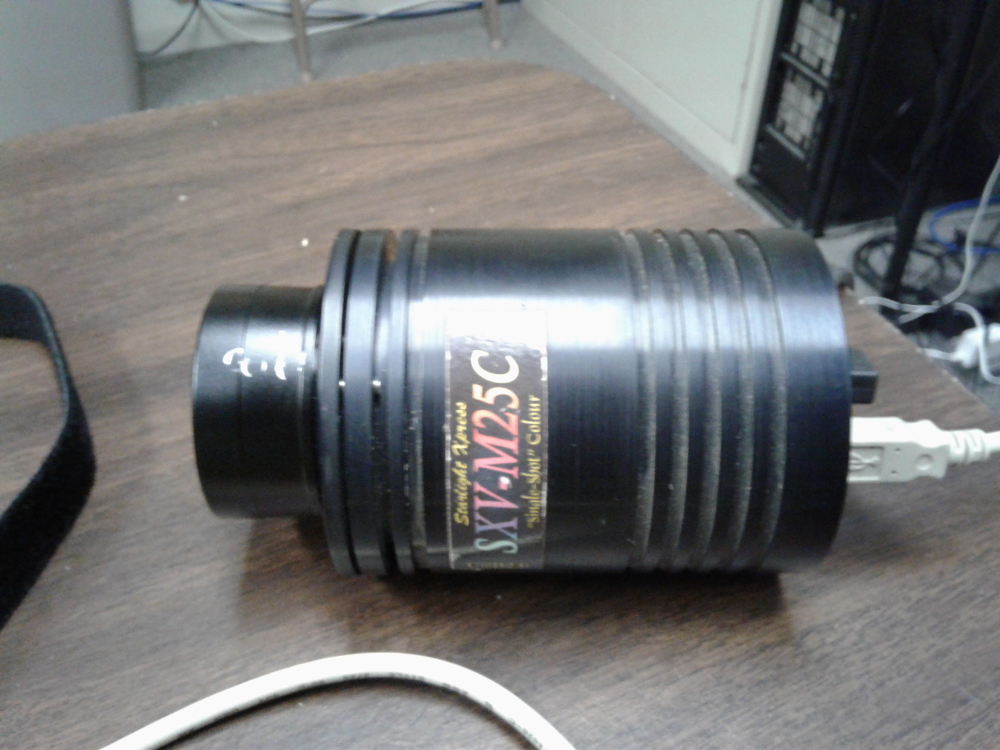
178P Comet (Hug-Bell) has developed a longer tail.
Here’s a picture of 178P taken with the .56 meter reflector at Sandlot Observatory. Its a stack of 16 – 1 minute images taken the early morning of 10-5-20. Each image was moved the distance and direction as the comet in its motion against the star background.
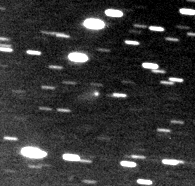
The comet has sprouted a wide tail about 25 arc-seconds long extending away from the coma. The tails angle is about 260 P. A. or just a bit south of due west. The comet is at 17.7 V magnitude but isn’t going to get much brighter over the next few weeks, topping out about 17.5 V. Its currently up 60 degrees by the beginning of dawn.
Farpoint Observatory – Asteroid Research Summary
NEKAAL continues to be an active amateur observatory that contributes to the orbit analysis of new, and known, asteroids. Farpoint’s first asteroid data was reported on January 27, 1998. All reported asteroid orbit data can be found at https://newton.spacedys.com/neodys/index.php?pc=2.1.2&o=734&ab=0
We are using the 27in Tombaugh telescope and a NEKAAL member’s Meade LX200 16in SCT with their cooled CCD cameras and using Astrometrica software to obtain the RA and Dec coordinates.
Attached is a 2019-current summary of the data contribution.
NEOCP = newly found asteroids that need data to determine if they will be a Near-Earth-Asteroid (NEO). NEA = known Near-Earth-Asteroid that needs further orbit observation data
Comet 178P Returns
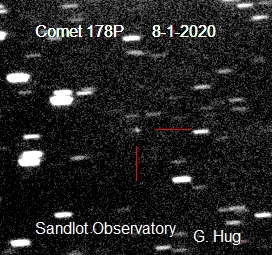
The comet discovered by Graham Bell and I (C/1999 X1) at Farpoint in December 1999 and was subsequently number 178P by the Minor Planet Center has been recovered for the third time. Each orbit takes 7 years to go around the sun. This recovery image Is a stack of 20 – 30 second images taken at Sandlot Observatory the morning of 8-1-2020.
Comet C/2019 Y4 disintegration

disintegrating comet C/2019 Y4
Comet C/2019 Y4 held promise to be a spectacular comet, possibly visible to the naked eye in May 2020. Unfortunately as a lot of comets passing close to the sun, Comet C/2019 Y4 is beginning to disintegrate. This image of the comet was taken the evening of April 9th, (April 10 U.T.) with the Little Blue 22″ at Sandlot Observatory.
You can see the small star-like piece that has broken away from the main nucleus. It is located just left and above the rest of the nuclear region. Once the flurry of activity subsides the comet will not likely become any brighter an average passing comet of roughly 9th to 10th magnitude.
Image Details;
22″ f4.1 reflector imaging at prime focus with a ST10XME CCD Camera. The image was comprised of a stack of 24 – 30 second images . Each image was offset in the direction of the comet’s motion via Astrometrica. The image above was cropped out of the original 22 x 14 arc-minute field of view.

C/2019 Y4 Image taken Apr 15 – changing fragmentation . There are now several components to the nucleus. One bright fragment in the left and a smaller fragment just below the bright one (barley discernible in the image) and a fainter condensation further toward the tail.
